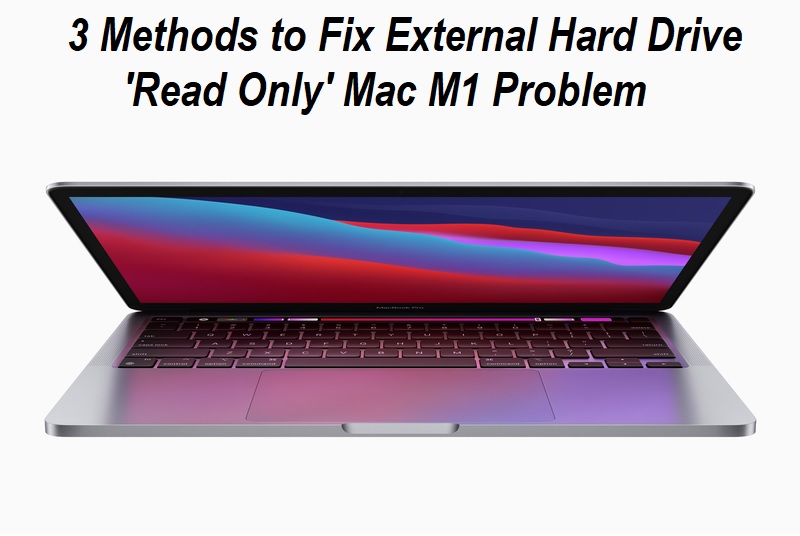

This is the important thing to remember when you go on to read about how APFS deals with files. For every block of data in a file there is an offset and a length, which together make up a single extent in the extents table. In this way, the computer knows where to go on the disk and how much data to read from that location. The extents table records the location of every block in the file (the offset) and the length of that block (length). The file system maintains a table of these extents (one per file) called an extents table. You probably won’t notice a delay when reading a file which is in 2 or 3 blocks, but reading a file which is made up of 1,000 or 10,000 blocks could be painfully slow.Įach of the one or more blocks that make up a single file is called an extent. This delay is usually 4–10 msec (1/250–1/100 of a second). When a HDDs has to go to a new part of a disk, there is a delay while the head moves to the new location and waits for the correct part of the disk platter to be under the head so it can start reading. Unlike SSDs, HDDs are mechanical devices with spinning disks (aka platters) containing your volume’s data, and heads that move over the disk in order to read that data.

#Best format for external drive mac how to
Small files usually exist in one block whereas larger files are often broken up into 2 or more blocks so they can fit into the available free space in a volume.Īlso Read: The Speed of APFS: Just How Fast Is It?, How to Revert a drive from APFS back to HFS+ Files on your Mac can exist in one or many blocks.
#Best format for external drive mac movie
When I play this movie file on my computer, my Mac will first read the first block and then go straight on to read the second block it seamlessly moves from one block to the next so that, to the viewer, the movie appears as if it was a single block of data.

HFS Extended is the file system Apple has been using for almost 30 years, the one which all Macs running macOS 10.12 or earlier use for their startup volumes.įor my example, I am using a 10 GB movie file, “Nina’s Birthday.mp4”, which is stored in two separate blocks of data on the volume. However, to fully understand the “copy on write” process, and the implications of using APFS with HDDs, it helps first to know how copying works with HFS Extended volumes… “Copy on write” is the magic behind the snapshot feature in APFS and also allows you to copy really large files in in only a couple of seconds. Why? Well, to understand why APFS and HDDs are not well suited, I first need to explain one of the key features of APFS: “copy on write”. After 16 months of using and testing APFS- Apple’s new file system-I’ve come to the conclusion that you probably don’t want to use it on HDDs (disks with rotating platters).


 0 kommentar(er)
0 kommentar(er)
